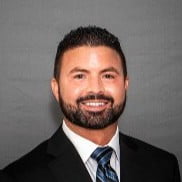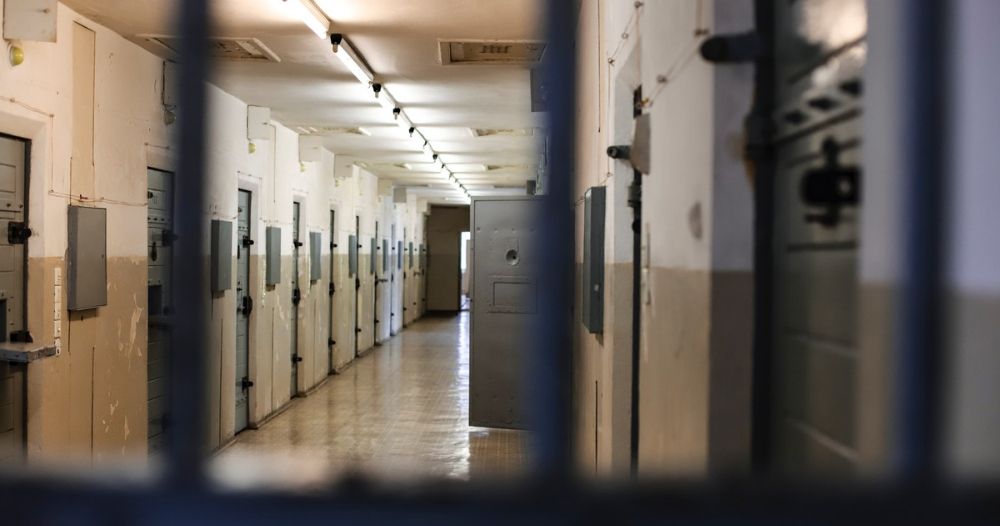Former drug lord Joaquin “El Chapo” Guzman has appealed a life sentence that was recently handed down by a New York federal court. El Chapo, now 62 years old, had been convicted in February of smuggling hundreds of tons of heroin, marijuana, cocaine, and meth into the United States.
On July 17, a federal judge sentenced him to life in prison plus an additional 30 years. He was also ordered to pay a forfeiture of $12.6 billion, which is based on his drug cartel revenues. He has since been transferred to ADX Florence, a supermax federal penitentiary in Colorado often referred to as the “Alcatraz of the Rockies.”
Guzman had been extradited to the United States to stand trial, but now feels he was treated unfairly. Rumors of jury misconduct surround the case. More specifically, it’s suspected that some of the jurors kept up with media coverage during the trial, which was prohibited by the judge.
El Chapo’s attorney Marc Fernich, who filed the appeal the day after the conviction, stated that “Guzman has strong issues for the appeal.” He’s confident in their chances of overturning the conviction. It could take up to a year for an appeals judge to make a decision in the case.
The History of El Chapo
Joaquin “El Chapo” Guzman is an established Mexican drug lord and former leader of the Sinaloa Cartel, an international drug trafficking organization. He was born on April 4, 1957 in La Tuna, Badiraguato, Sinaloa, Mexico and was introduced to the drug trade by his father early in life.
He began by growing and selling marijuana locally but eventually started doing work for Hector Luis Palma Salazar, who also led the Sinaloa Cartel. El Chapo was responsible for mapping drug routes from Mexico to the United States. He also managed smuggling operations that moved mass amounts of marijuana, cocaine, meth, and heroin into America and throughout Europe. By using tunnels near the Mexico/America border, he was able to move more drugs into the country than any other drug trafficker in history.
El Chapo was captured for the first time in Guatemala and charged with murder and drug trafficking. He was extradited to Mexico where he was sentenced to 20 years in prison. In 2001, he escaped from a maximum-security prison and was on the loose until 2014, when he was captured in Mexico. However, he escaped again before his 2015 sentencing. He was recaptured the following year and extradited to the United States to stand trial.
America’s Drug Problem
The United States has been in the grips of a major drug epidemic for some time. The rising number of overdose deaths per year is a tragic indication of how dangerous illegal drugs are. According to the National Institute on Drug Abuse, a shocking 70,237 people died of an overdose in 2017 alone. This number has been gradually climbing for close to a decade.
Substance abuse addiction has also been a growing problem in recent years. This has led to an increase in jail populations and a boost to the illegal drug trade. The arrest of El Chapo is definitely a step in the right direction, but there’s still much work to be done if America’s going to get a handle on its drug problem.
Some of the most dangerous drugs (those which often lead to overdose) are heroin, cocaine, opioids, and other prescription medications. The opioid crisis has crippled many communities and is responsible for a large number of overdose deaths in the last several years. Often, when people in active addiction can’t get prescription opioids, they turn to heroin. They’re then susceptible to a wider range of dangers.
Cocaine is also becoming a big problem once again. Although usage has been down over the last decade, the Drug Enforcement Administration reports that U.S. cocaine supply levels are the highest they’ve been since 2007. This proves the arrest of El Chapo only put a small dent in the drug smuggling problem. In addition to the health hazards of abusing cocaine on its own, when used in combination with other drugs, it can be deadly.
Recognizing Drug Addiction
Due to the extremely addictive nature of drugs such as heroin, meth, cocaine, and opioids, it’s critical that addicts get help right away. The longer a person continues to abuse a drug, the harder it is to kick the addiction. If you suspect a loved one has developed a drug problem, it’s important you intervene right away. However, recognizing addiction can be difficult.
Of course, each drug carries with it unique side effects. However, there are many symptoms that a person will display, regardless of the drug they’re on. For example, weight fluctuations, a disregard for one’s appearance, and dilated eyes are all common physical signs of drug abuse.
There are also many behavioral changes a person may exhibit when addicted to drugs. Social withdrawal and isolation are both extremely common. This usually means that a person is hiding their addiction. Someone may also start having mood swings, ignoring their responsibilities, and getting into legal trouble.
Taking Action
Fortunately, there are a number of treatment options for those suffering from drug addiction. Once you’ve confirmed a friend or family member is in active addiction, you’ll need to have an intervention to bring the issue out into the open. You can then discuss the best approach to recovery.
Entering a substance abuse treatment facility will allow a person to detox, thus ridding the drug from their body and helping them overcome withdrawals. After that, there are several recovery options. Inpatient rehabilitation allows a person to get 24-hour medical treatment and drug counseling to help them prepare for life after addiction. There are also outpatient services that allow someone in recovery to get back to their responsibilities while returning to the treatment facility for counseling.
Drug addiction can wreak havoc on a person’s life. However, even in cases of severe dependence, there’s always hope for recovery. Don’t let America’s drug problem ruin your future. Find a treatment program that works for you.








